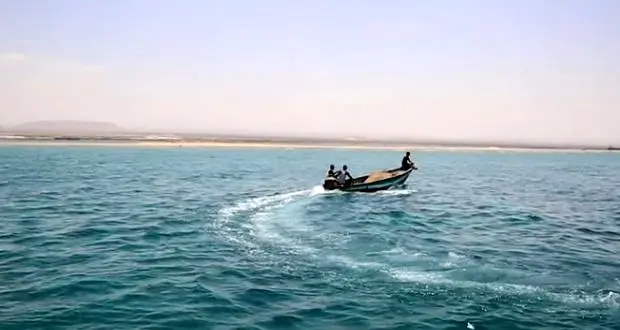|
Code:
129893
|
The human and economic cost of piracy in 2016

TIN news: In its latest State of Maritime Piracy report for 2016, OBP assesses the human and economic cost of maritime piracy by region, focusing specifically in the areas of East Africa, West Africa and Asia. The report also includes a thorough analysis with data/ figures and infographics to illustrate the state of maritime piracy.
East Africa
Economic Cost
- The total cost of counter-piracy operations in the Western Indian Ocean has steadied out at around $1.5 billion.
- As coalition forces have ended or decreased their commitments, independent deployments from various countries such as China, India and
- Japan now account for the majority of days on station with relation to naval counter-piracy operations.
- In an attempt to lower costs, ship operators are increasingly shifting towards privately contracted armed security teams comprising three rather than four members (almost 70% in Q4 2016).
Human Cost
- Oceans Beyond Piracy welcomes the efforts of the Hostage Support Partnership (HSP) in releasing the Naham 3 crewmembers, who were held for over 4 ½ years and released on 22 October 2016.
- Eight crewmembers taken from the Iranian dhow Siraj in 2015 have yet to be released.
- Piracy and armed robbery in the Western Indian Ocean region affected a total of 545 seafarers in 2016.
West Africa
Economic Cost
- Deterring piracy in West Africa remains a significant and persistent cost to both regional and international stakeholders.
- Contracted maritime security is the single largest contributor to the cost of deterring piracy in West Africa at an estimated 44% of the total cost, though detailed figures are difficult to calculate.
- The international community continues to support regional efforts to combat piracy and armed robbery at sea, spending in excess of $5 million on related capacity building programs and organizations involved in the improvement of maritime security.
Human Cost
- 2016 saw a 57% rise in the number of seafarers affected by piracy in West Africa.
- Kidnap for ransom attacks increased by more than one-third from 2015 to 2016, while the average duration of captivity remained consistent with past years.
- The lack of prosecutions related to incidents of piracy and armed robbery at sea continues to undermine efforts to combat piracy.
Asia
Economic Cost
- As with previous reports, OBP was precluded from estimating aggregate costs of piracy and armed robbery in Asia due to the complexity of shipping patterns and difficulty in isolating dedicated counter-piracy patrols of regional naval and law enforcement agencies.
- The creation of response teams and coordinated patrols by littoral states has led to the enhanced ability of regional actors to conduct counter-piracy operations and has contributed to the decrease in piracy and armed robbery incidents in Asia, notably of hijackings for cargo theft.
- As a result of attacks occurring in the Sulu and Celebes Seas, many merchant vessels have been rerouted to avoid this area.
Human Cost
- OBP calculated that 2,283 seafarers were affected by piracy and armed robbery in Asia in 2016, down from 3,674 in 2015.
- Kidnap for ransom represented the most violent model in 2016, with 67 seafarers taken hostage in the Sulu and Celebes Seas, of which two were killed while in captivity.
- Compared to 2015, the percentage of incidents involving crew member injuries decreased from 23 to 12 injuries. However, 2016 saw an increase in seafarer deaths; 6 seafarers were killed during or as a result of incidents.















![AIRBUS A380 [MORE THAN 600 PASSENGER’S CAPACITY PLANE]](https://cdn.tinn.ir/thumbnail/4jCp4EQvCU0b/IjHVrSYQrIAqIzXuTzADR7qLYX4idQT4nfq__26E5SCUPLMqfhWkWajvuO9Wfq1ql1TjV4dhkrHliNQU82kMpo2NNftT_NGEwHc9KXtN_rk731bmifa2IQ,,/airbus-a380-structure1.jpg)

Send Comment